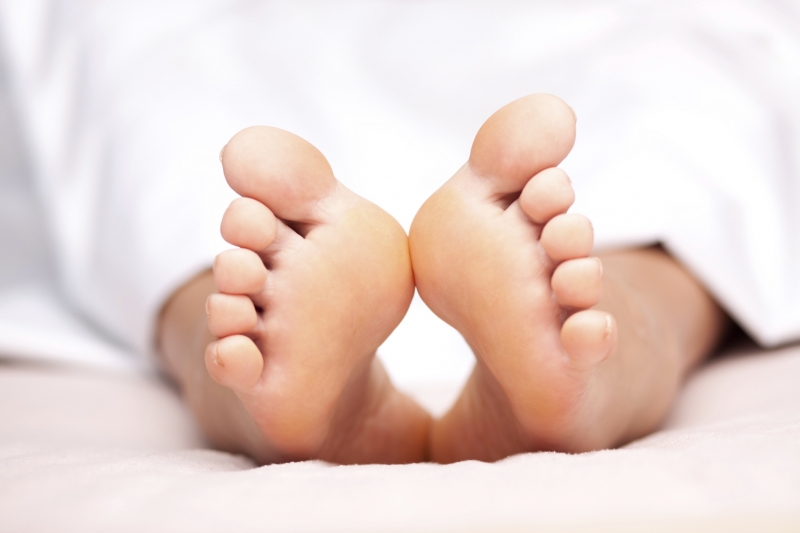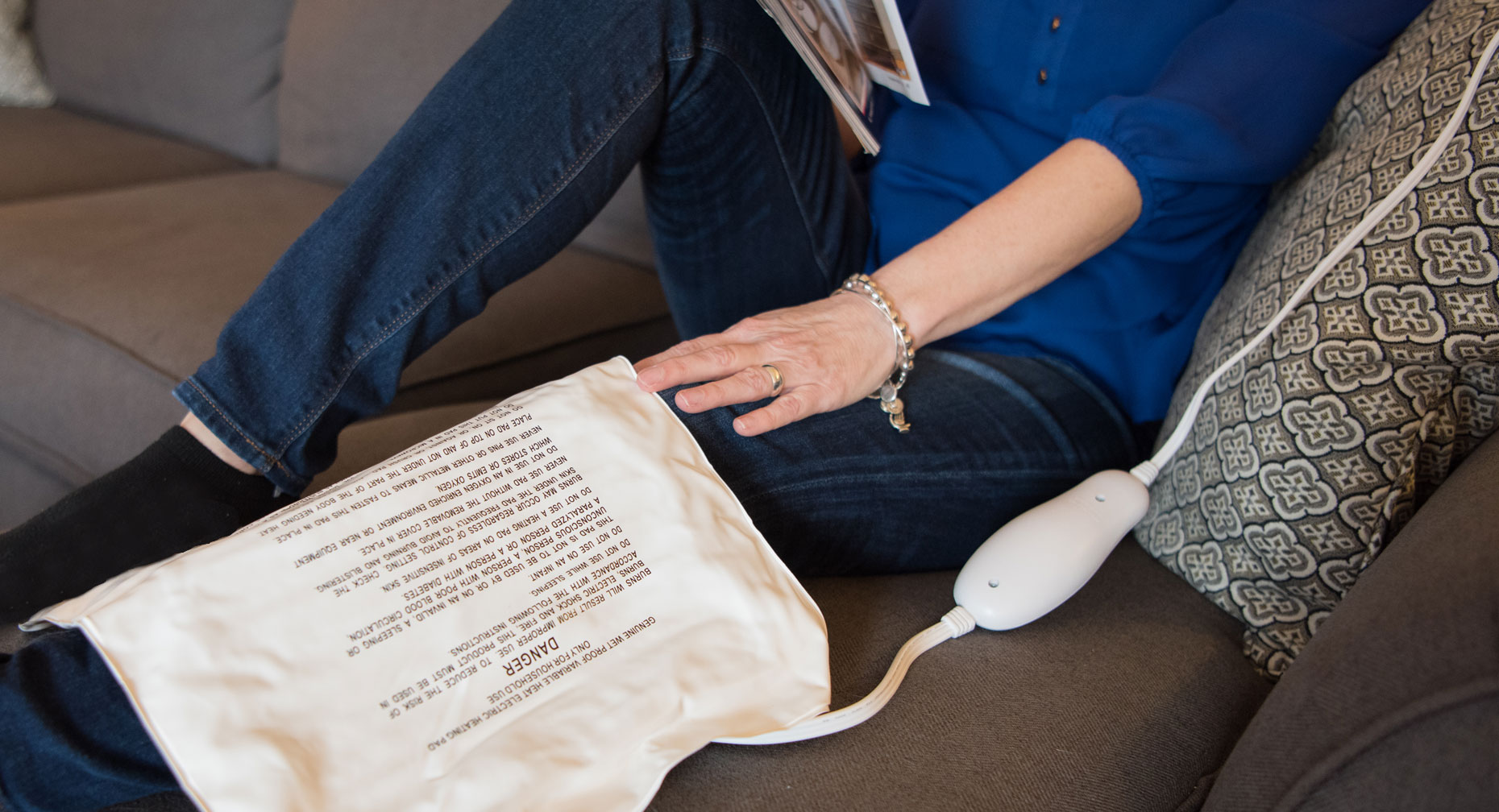Restless Leg Syndrome Infant
Restless leg syndrome infant. Urge to move legs. Restless Legs Syndrome. Restless legs syndrome RLS is a neurological disorder which gives creepy crawly itchy sensation accompanied by an uncontrollable urge to move the legs.
Mild symptoms of RLS may start in early adulthood and then increase with age. Past victims say they have an awkward sensation in the legs sometimes described as a cranking or creeping feeling which forces them to move. The uneasiness aggravates as the day falls and it restricts the sufferer from sleeping.
Restless legs syndrome is also common during pregnancy approximately 40 of pregnant women. Restless legs syndrome RLS also called Willis-Ekbom Disease causes unpleasant or uncomfortable sensations in the legs and an irresistible urge to move them. About 1 in 5 pregnant women will experience symptoms in the last 3 months of their pregnancy although its not clear exactly why this is.
Your child might be suffering with RLS. After age 50 RLS symptoms often increase in severity and significantly disrupt sleep. Theres also a link between restless legs syndrome and pregnancy.
Behavioral health issues including anxiety anger hyperactivity irritability impulsiveness and poor concentration Erratic leg movements kicking or shaking Falling asleep during the day Pain tingling or discomfort in. To relieve leg discomfort children and adolescents have an uncontrollable urge. There is clear evidence that RLS affects quality of life sleep cognition and behavior in children and adults.
Restless Legs syndrome is a disorder in which the patient has a feeling to move the legs. Patients complain of unpleasant symptoms such as tingling burning and painful. Restless legs syndrome can be triggered by medications including certain drugs used to treat nausea depression and other mental health disorders colds and allergies heart problems and high blood pressure.
Use of caffeine nicotine or alcohol can also trigger restless legs syndrome or make the signs and symptoms worse. Leg discomfort or heebie-jeebies Uncomfortable leg sensations often described by adults as creeping itching.
What are the signs and symptoms of Pediatric Restless Legs Syndrome RLS.
Restless legs syndrome RLS also called Willis-Ekbom Disease causes unpleasant or uncomfortable sensations in the legs and an irresistible urge to move them. Past victims say they have an awkward sensation in the legs sometimes described as a cranking or creeping feeling which forces them to move. Mild symptoms of RLS may start in early adulthood and then increase with age. Patients complain of unpleasant symptoms such as tingling burning and painful. Leg discomfort or heebie-jeebies Uncomfortable leg sensations often described by adults as creeping itching. Restless legs syndrome RLS also called Willis-Ekbom Disease causes unpleasant or uncomfortable sensations in the legs and an irresistible urge to move them. This is known as secondary restless legs syndrome. Restless legs syndrome RLS is not uncommon in children with an estimated prevalence of 2. In some cases restless legs syndrome is caused by an underlying health condition such as iron deficiency anaemia or kidney failure.
Past victims say they have an awkward sensation in the legs sometimes described as a cranking or creeping feeling which forces them to move. Those in the probable restless legs syndrome group were more likely to be younger. Although the diagnosis of RLS can be challenging in young children the International Restless. There is clear evidence that RLS affects quality of life sleep cognition and behavior in children and adults. Mild symptoms of RLS may start in early adulthood and then increase with age. The uneasiness aggravates as the day falls and it restricts the sufferer from sleeping. Anyone can have restless legs syndrome but its more common in older adults and women.







































/what-is-sleep-myoclonus-3014807_final-7ed9480f6cd84571bd9019a52c2b0951.png)






Post a Comment for "Restless Leg Syndrome Infant"